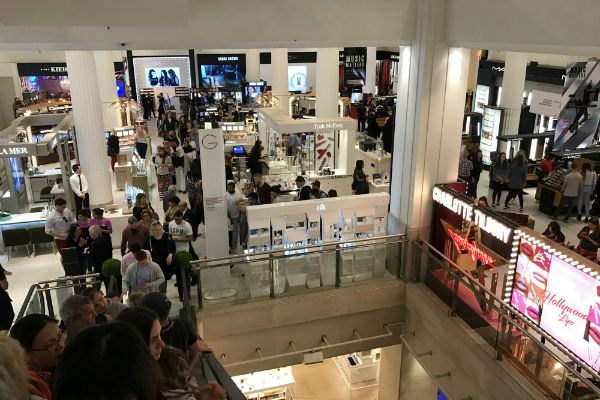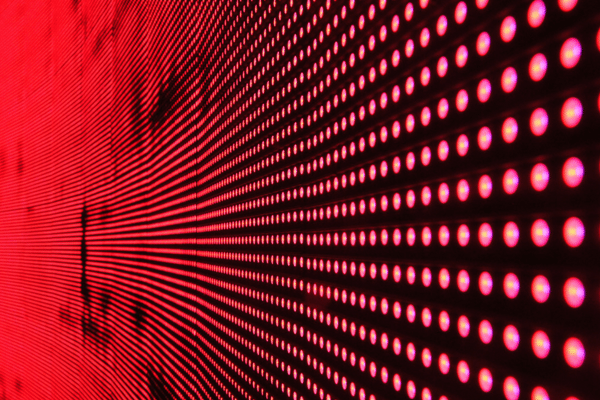Future of POS – What Are the Statistics?
Advances in technology are rapidly revolutionising the shopping experience. Looking back, many commentators thought high streets wouldn’t survive the rise of online retailing. But the numbers don’t lie. So, if you’re still not sure what the future may hold for brick and mortar businesses, then read on.

What do the numbers say about some of the more promising products that are bringing the digital world into physical storefronts?
Beacons
Also known as proximity sensors, beacons use Bluetooth Low Energy to transmit information to and from mobile devices, like smartphones. Beacon applications allow consumers to receive information about promotions and other deals as they approach parts of the store where those items are located.
The potential for these applications seems endless. Tech-savvy retailers are finding new and innovative ways to use this technology to connect with customers on a more personal level. Why is this so important? Because the numbers tell us that beacon technology is growing fast.
15 million beacons 2017
- In 2014, there were approximately 1.57 billion smartphone users; by 2020, there will be 2.87 billion, an 83% increase in just 6 years (Statista)
- Smartphone penetration in Western Europe was 22.7% in 2011 and is projected to be 67.3% in 2018 (Statista)
- North America went from 29.3% smartphone penetration in 2011 to a projected 66.5% in 2018 (Statista)
- If you’re worried that the investment won’t be worth it, consider that beacons in retail and advertising markets will reach a 133% compound annual growth rate (CAGR) between 2016 and 2021 (ABI Research)
- As of 2017, there are just under 15 million beacons distributed globally (proximity.directory), and that number is projected to reach 500 million by 2021 (ABI Research)
Augmented reality
Not to be confused with virtual reality (VR), which immerses the user in a virtual world, augmented reality (AR) technology enhances the physical world. Imagine you’re looking at a product and wishing you could see what others think of it. Augmented reality provides a digital overlay that would allow you to access that kind of information using specialised lenses or your smartphone. Think of it as Pokemon Go but for enhanced shopping. It’s a personal digital experience in the real world, and the tech is growing fast.

Price estimation 33% higher with AR
- AR and VR are expected to drive a $108 billion market by 2021, with AR providing $83 billion of that market (Digi-Capital)
- In the U.S., 40% of shoppers would pay more for an item if they were first able to experience it through AR (Retail Perceptions)
- A U.K. study of AR being used on a toy showed that parents spent over 500% longer interacting with AR than a traditional print advertisement, and their estimation of the price of the item was 33% higher when experienced through AR (The Register)
Interactive kiosks and digital signage
The concept of “self-service” or digital signage can be frightening as retailers hope to not scare away customers by moving into digital solutions. But the reality is that the growing markets want this digital experience. Interactive kiosks can be a simple way to allow customers to decide how much they would like to interact in-store with either staff or computers.

Sales up 31.8% with digital signage
- 84% of UK retailers think digital signage increases brand awareness (Samsung)
- CAGR for interactive kiosks will reach almost 15% from 2014 through 2019 projections (Research and Markets)
- 63% of adults say digital signage catches their attention (Rich Media Technologies)
- Digital signage leads to a 31.8% increase in overall sales and generates an increase of 32.8% of repeat buyers (InfoTrends)
The future of POS is here and it’s moving fast, so jump on now.
[fl_builder_insert_layout id=2275]